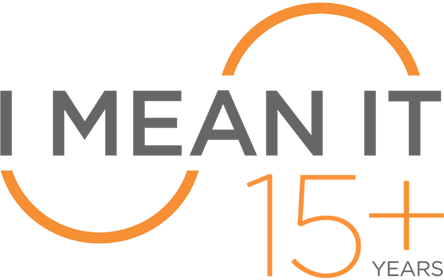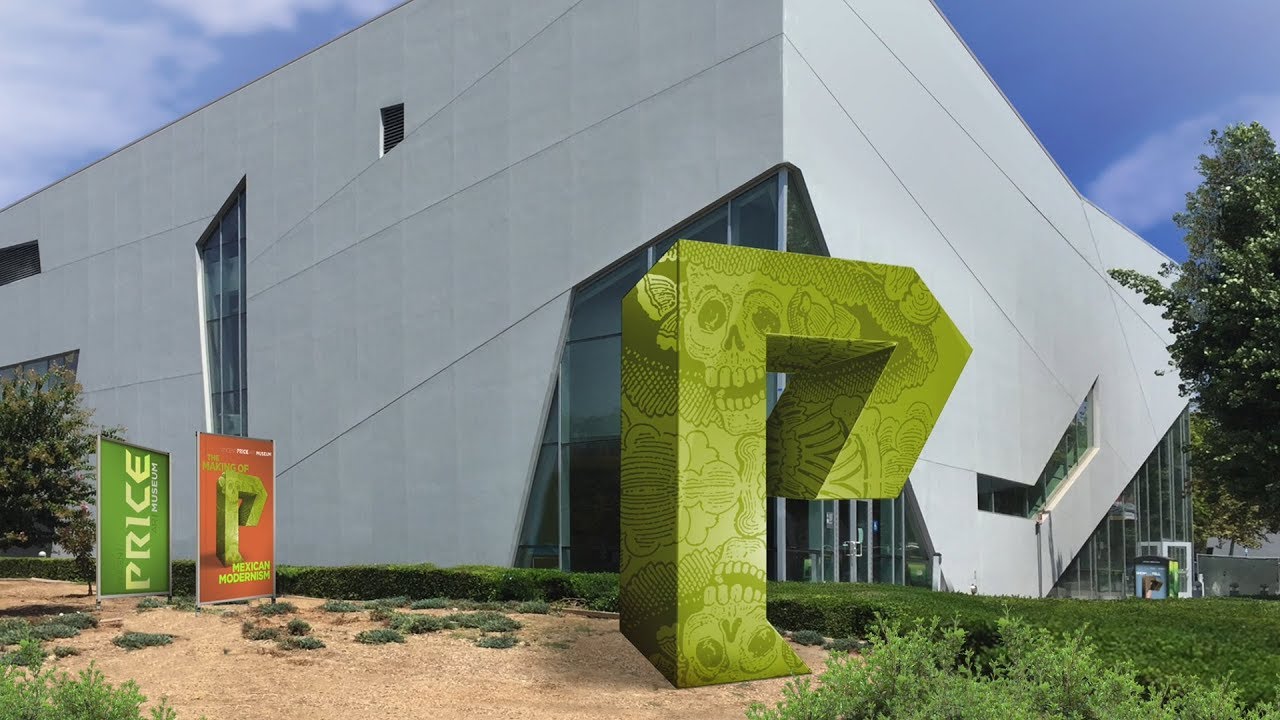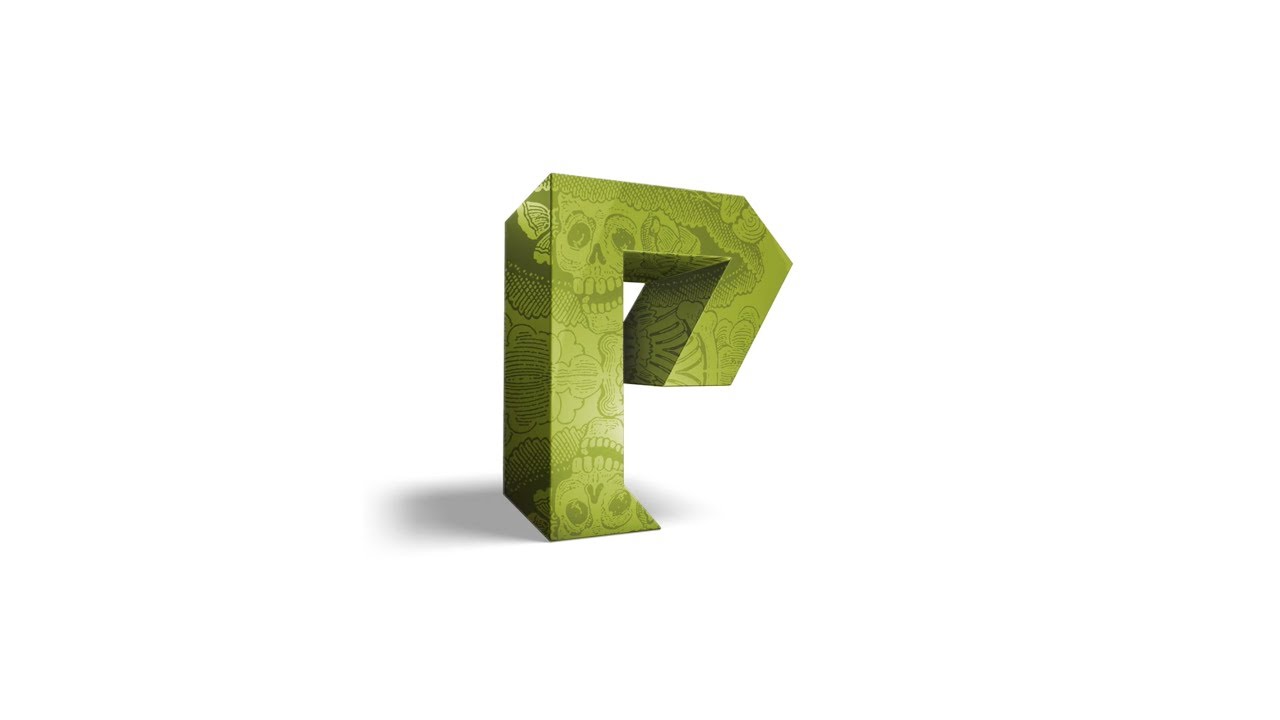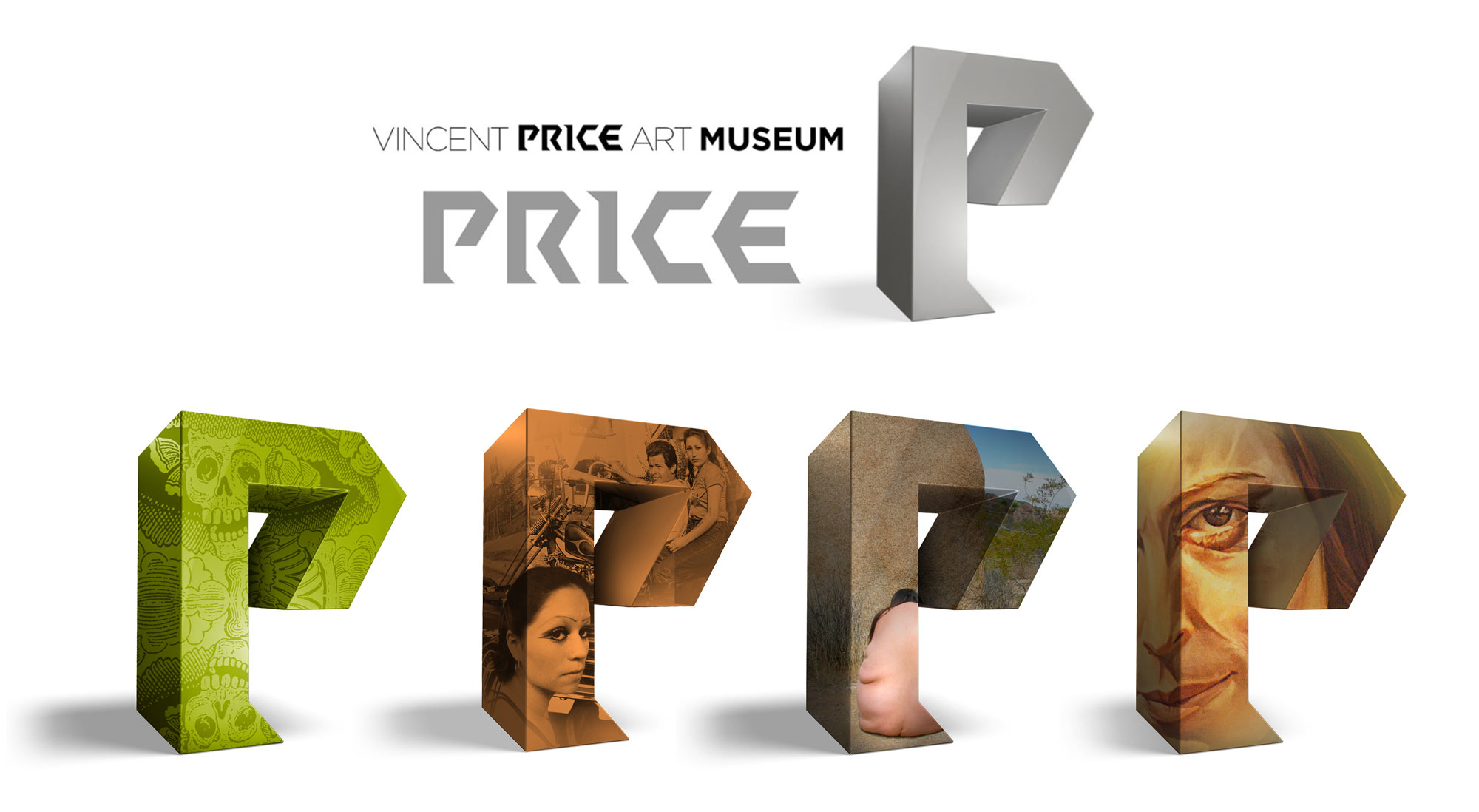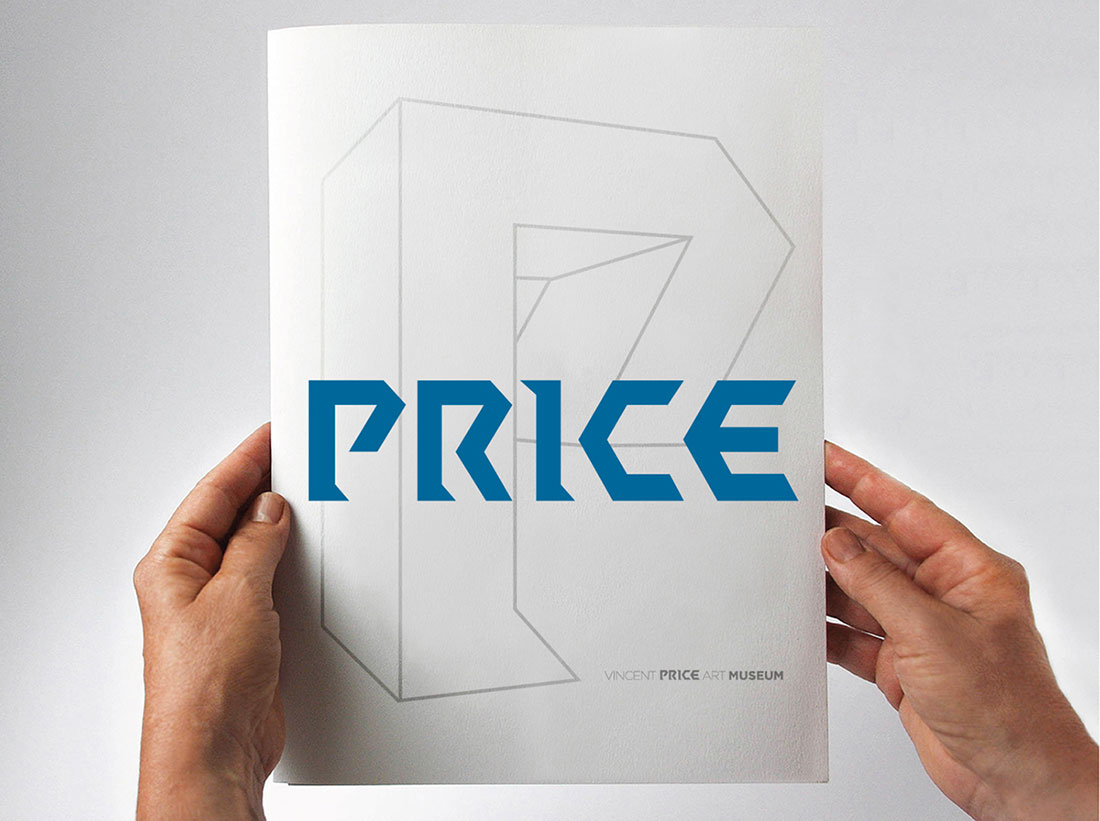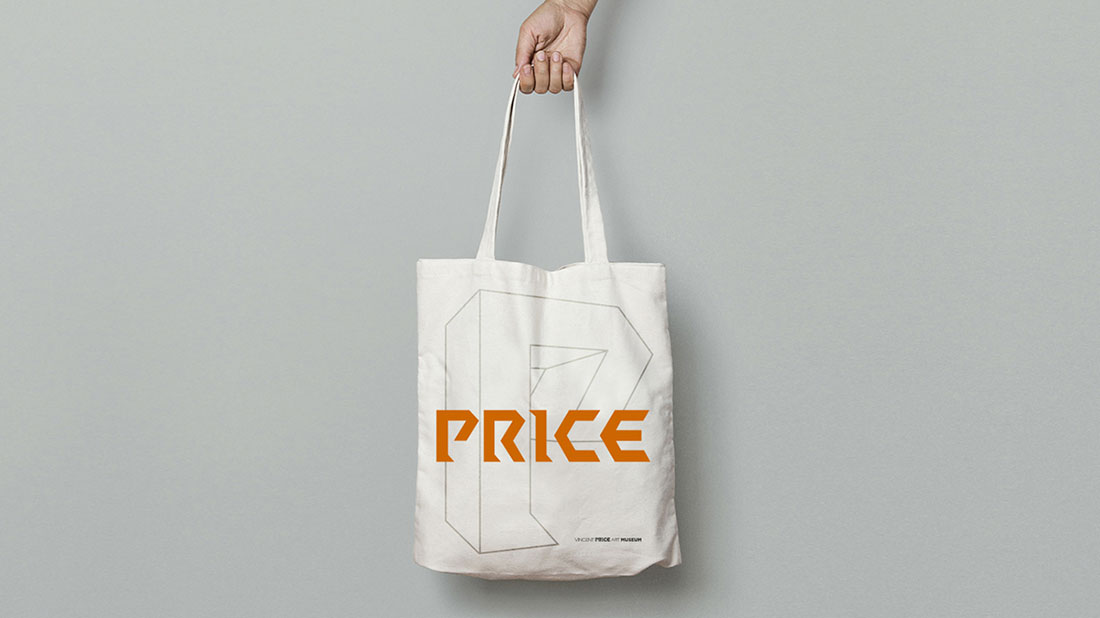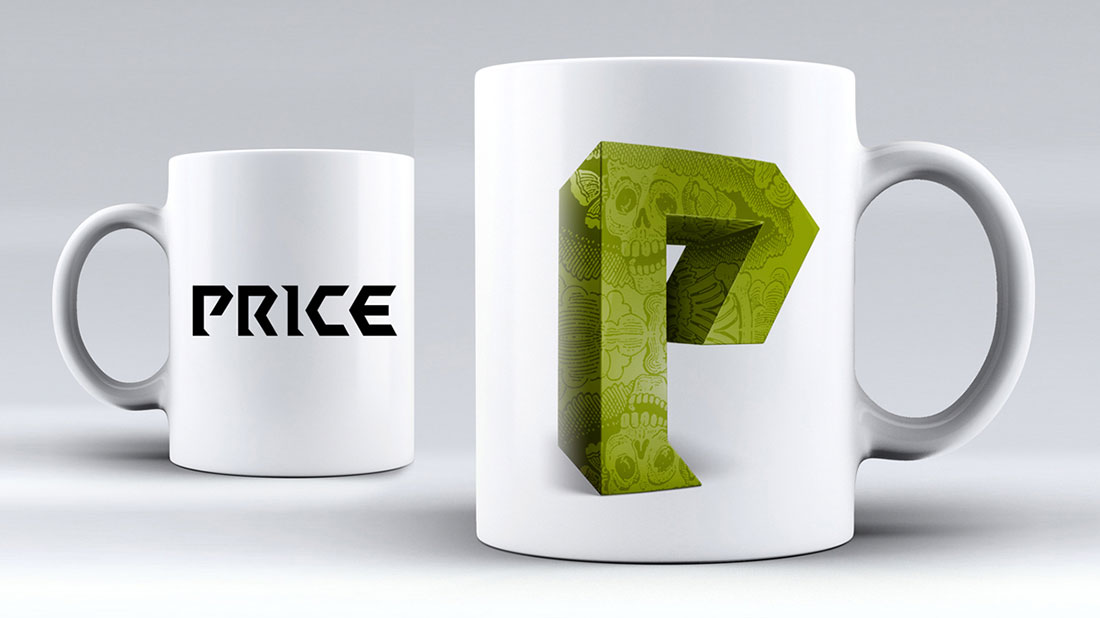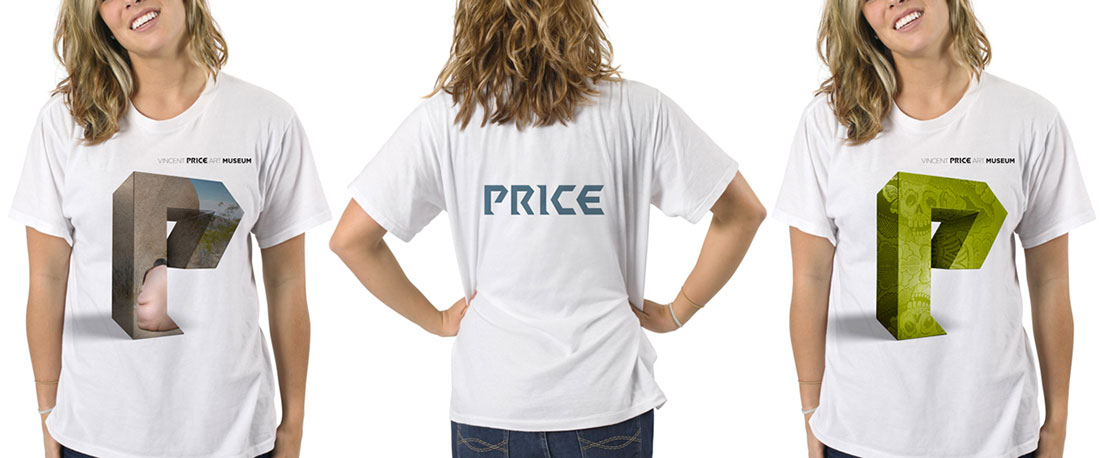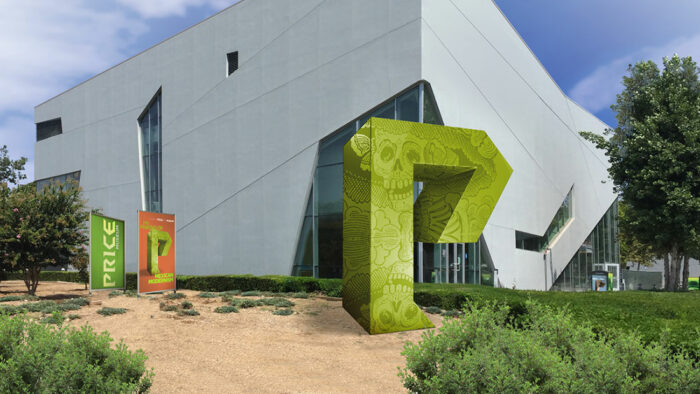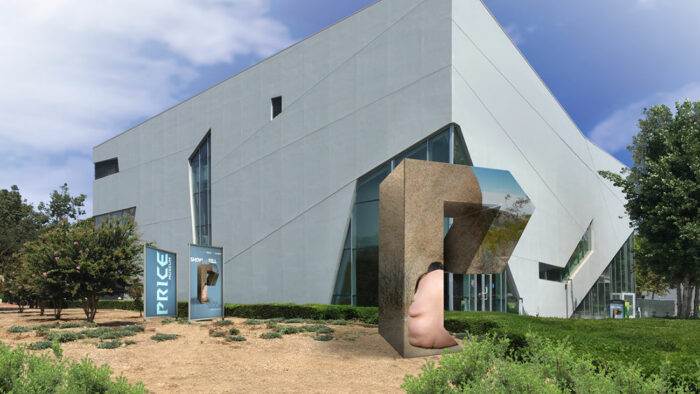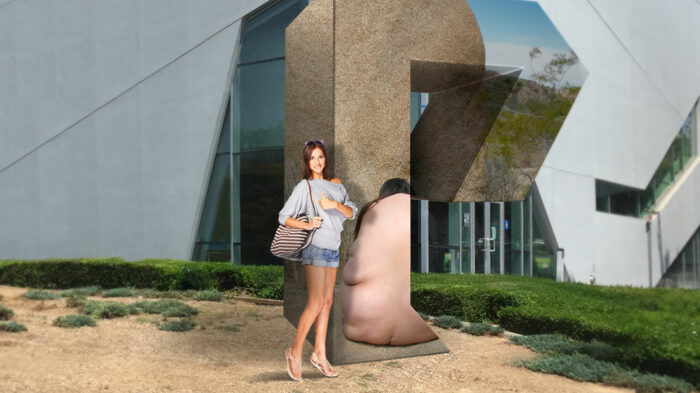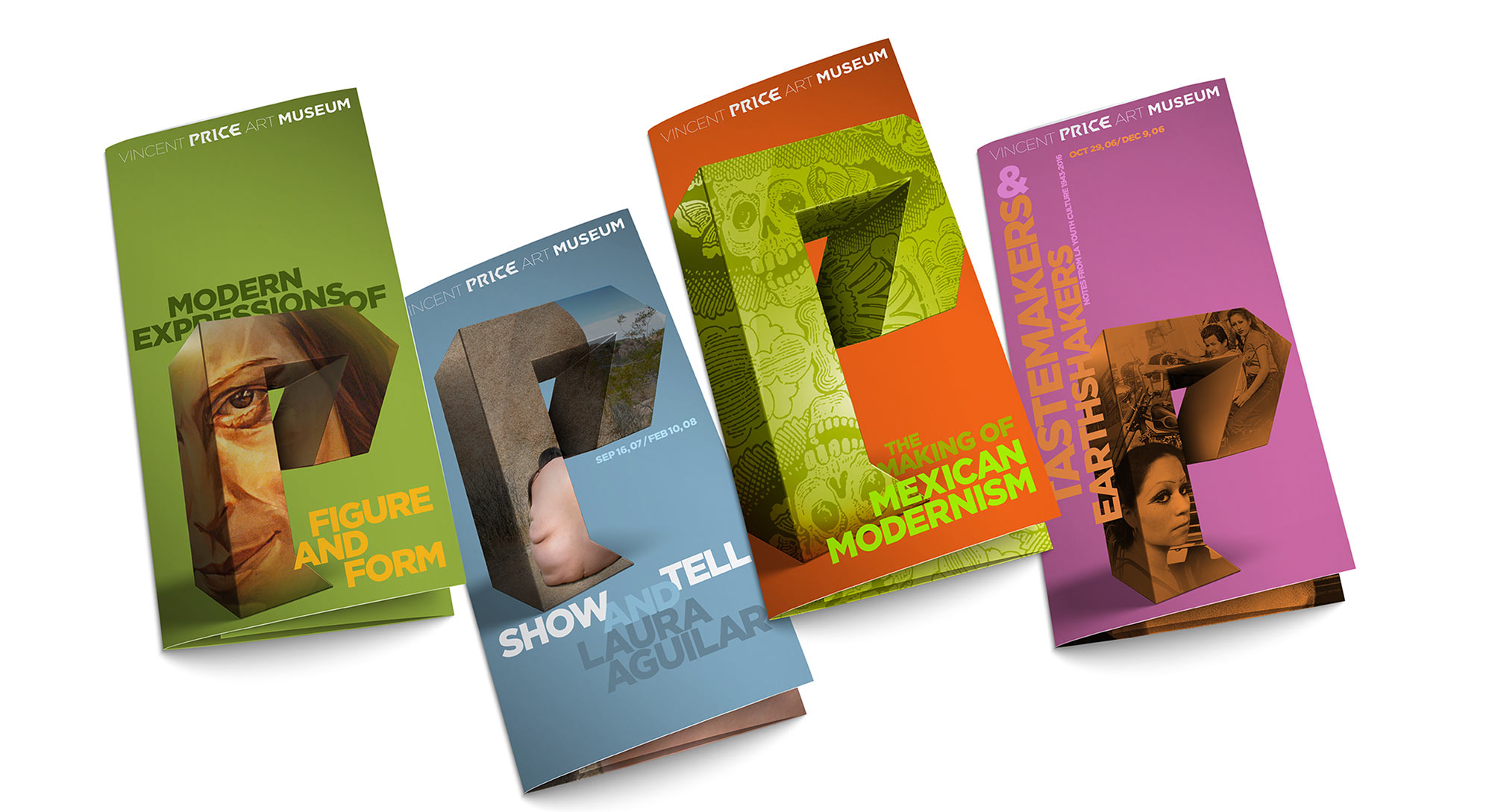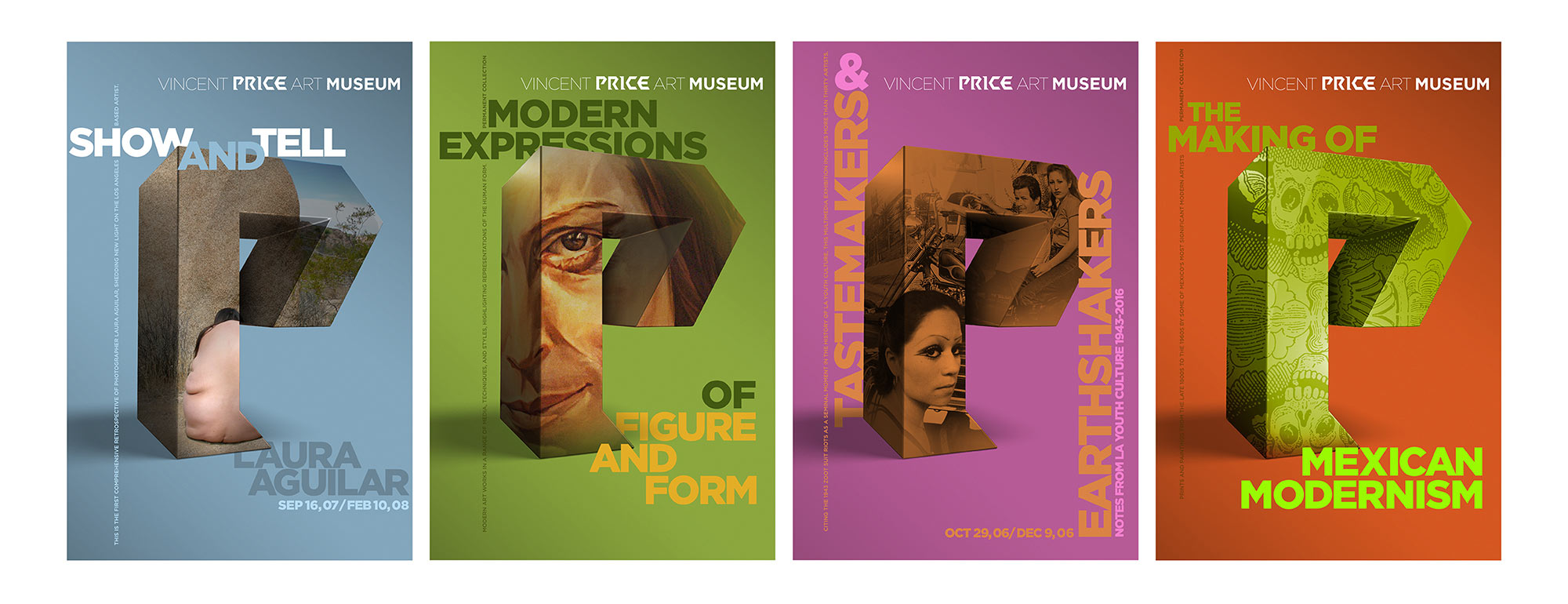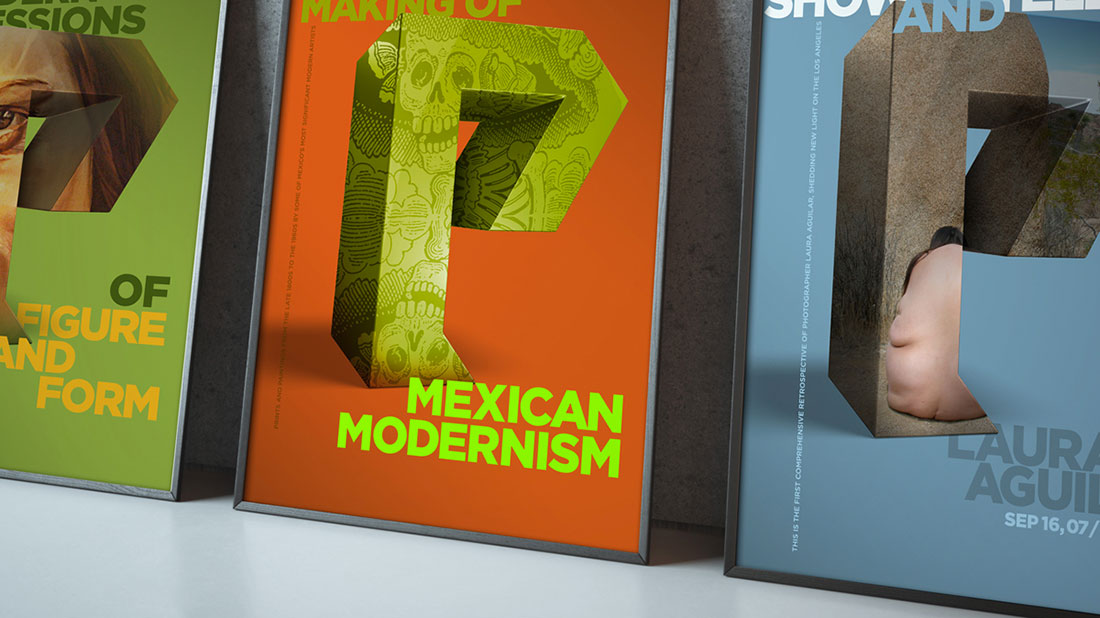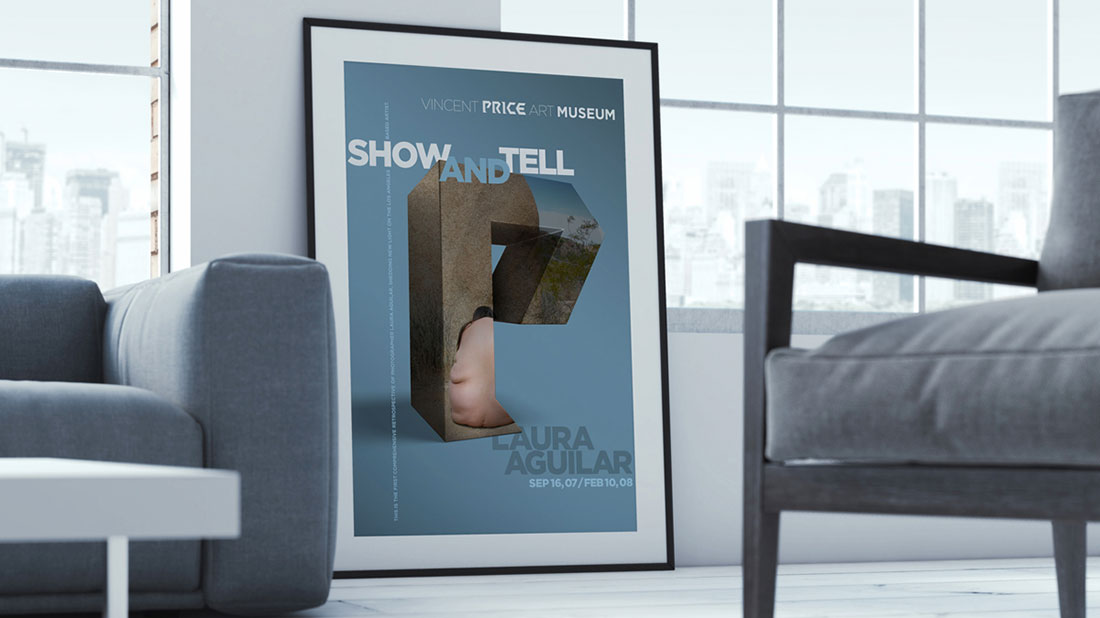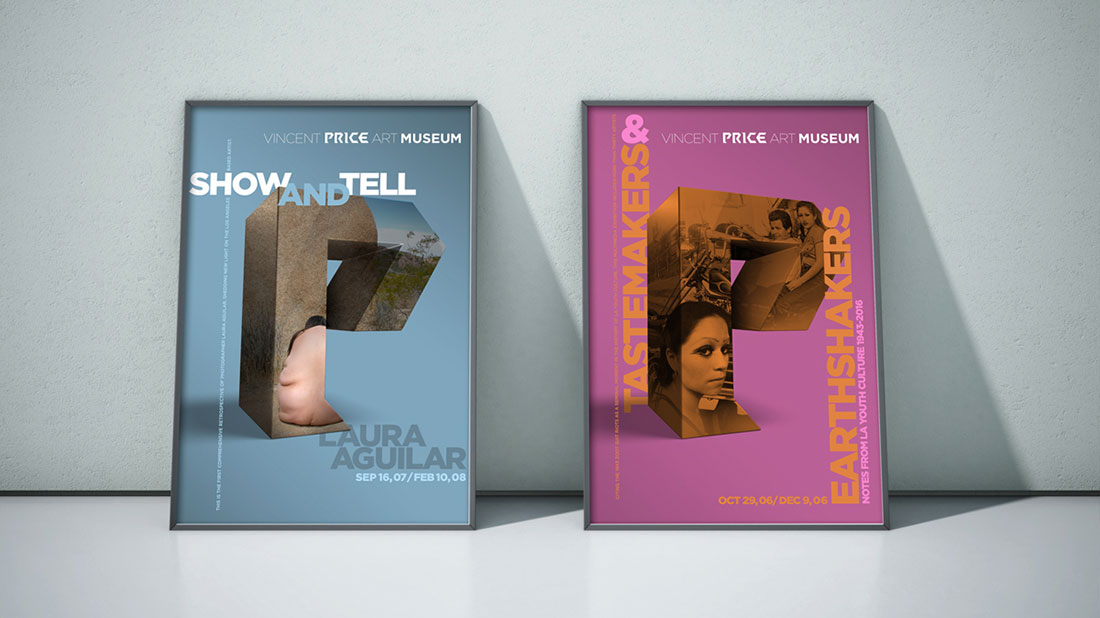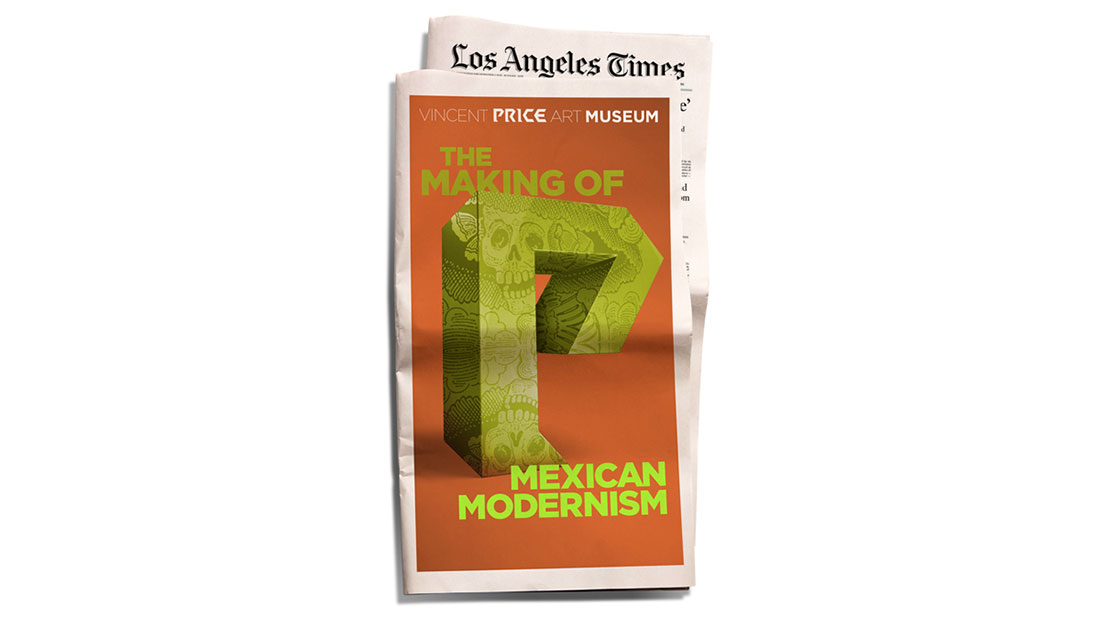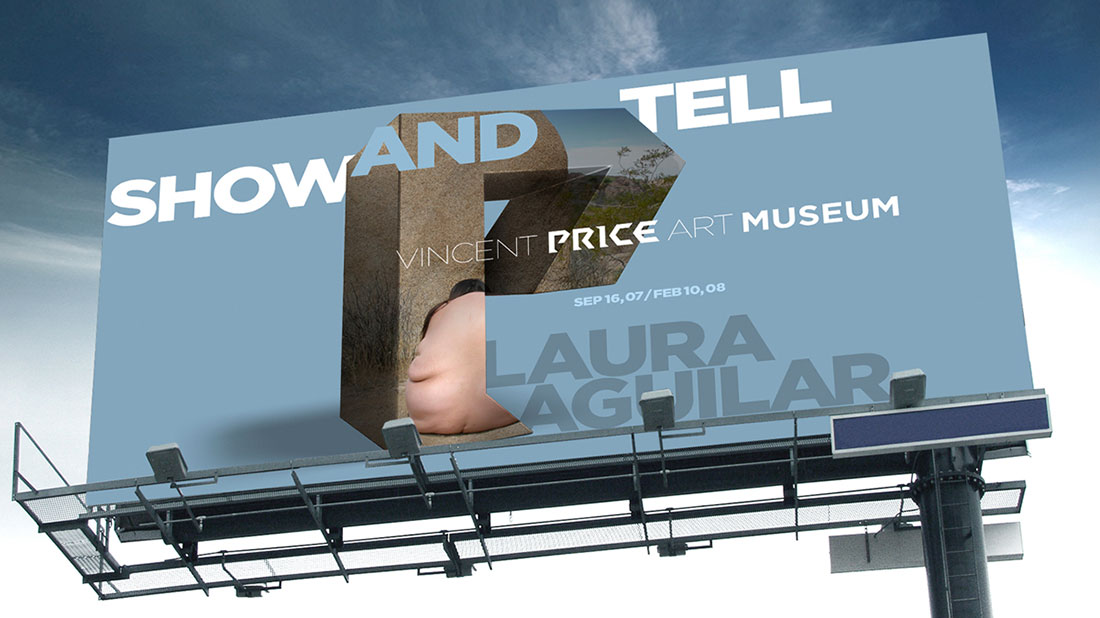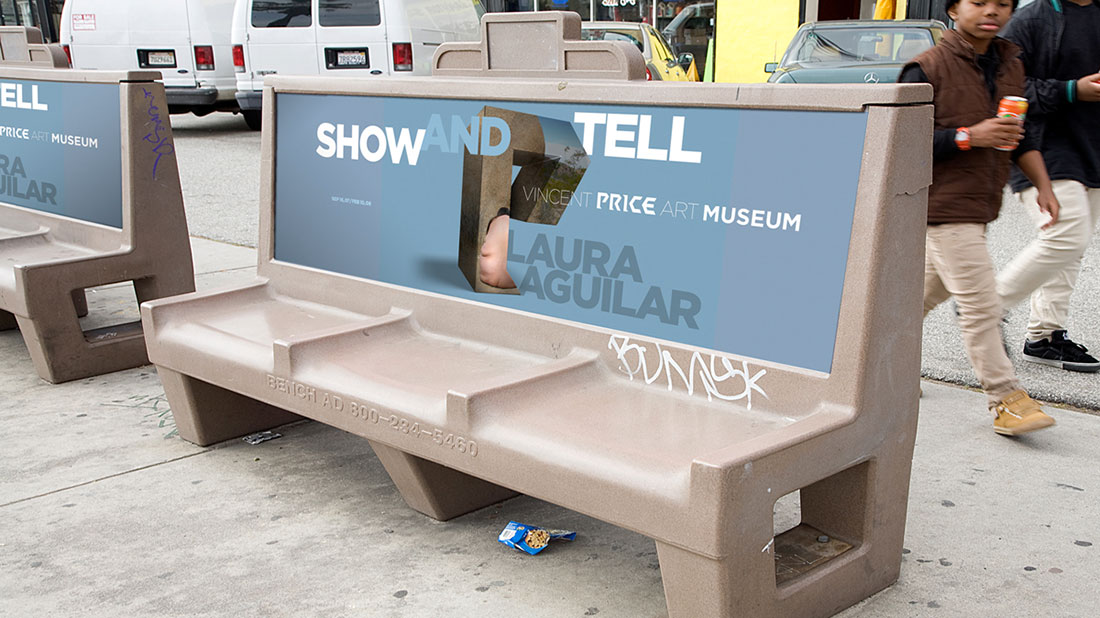Imagine the museum as a voice. Like the voice of someone you trust, or the voice of your navigation system… or even better, the voice of a very good audiobook narrator. What the voice says changes each time it speaks out, but it remains constant in its own qualities and manner. You enjoy listening to it. It adds quality to the material. It makes the paragraphs fluent and ideas accessible.
You may even start associating the writer of the book with the narrator’s voice. Your life is enriched by the book and you feel deeply moved. Deep inside, you associate all these feelings with the voice. If you come across another book recorded by the same narrator, you would inevitably be expecting a similar experience. In fact, this expectation you project could change the context of the book, the way our receive it, and possibly even the meaning of it.
